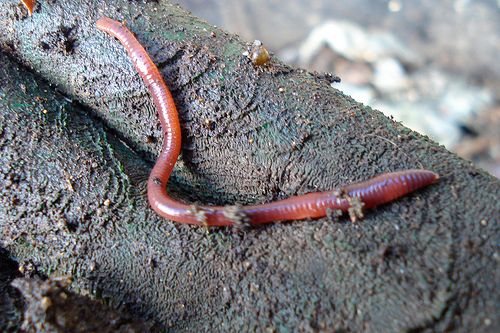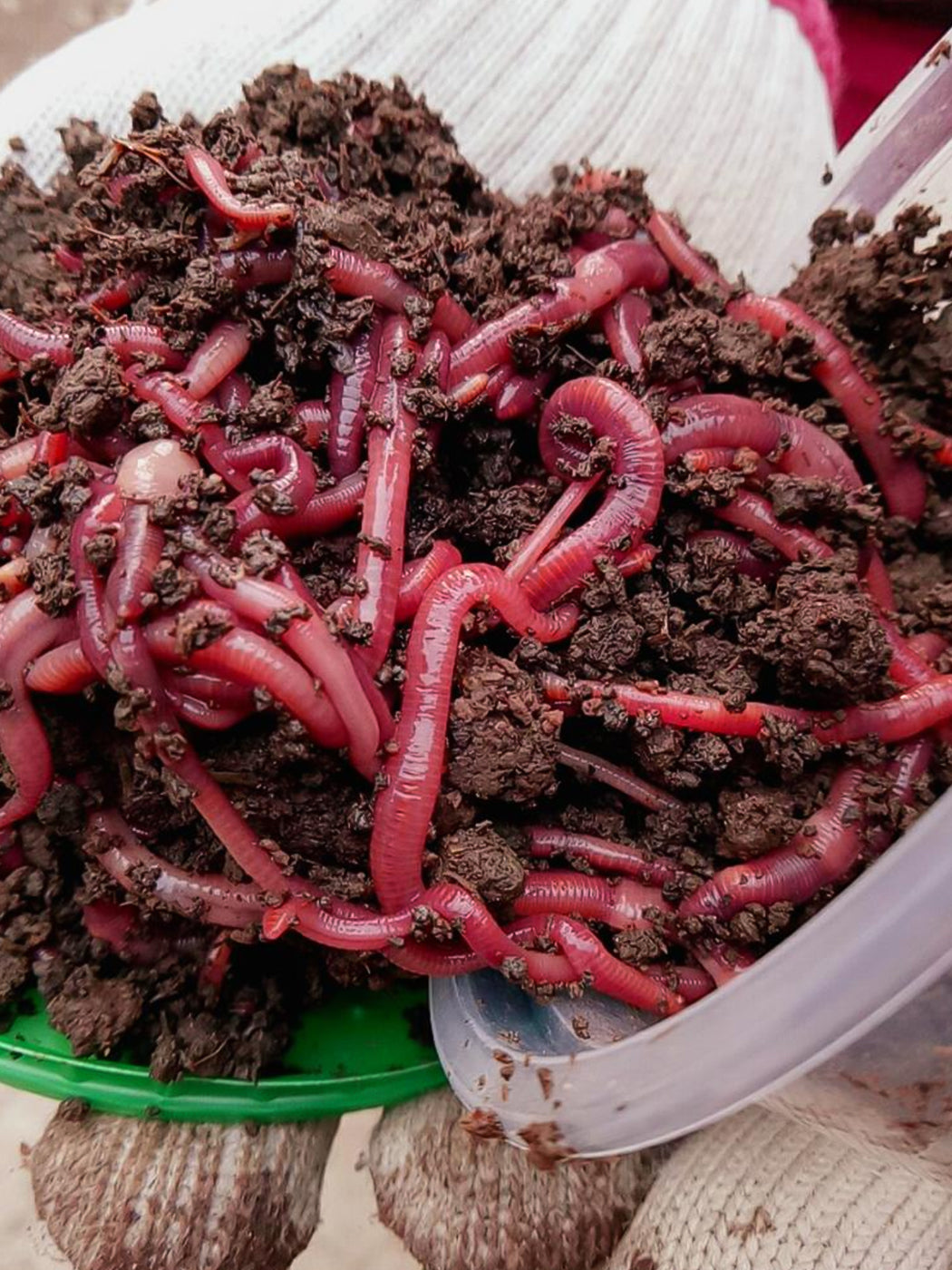The Secret to Lush Lawns Starts with Red Wiggler Express Lawn Care Services
The Secret to Lush Lawns Starts with Red Wiggler Express Lawn Care Services
Blog Article
Open the Keys of Red Wigglers: Your Overview to Composting Success
The combination of red wigglers right into composting techniques offers a considerable chance for boosting soil wellness and promoting sustainability. Understanding their demands and habits is important for optimizing their possibility, from establishing up an ideal worm container to feeding them the ideal products.

What Are Red Wigglers?
(Red Wiggler Express)Red wigglers, medically understood as Eisenia fetida, are a varieties of earthworm largely used in composting as a result of their remarkable capability to decay raw material effectively. These worms are defined by their reddish-brown pigmentation and a fractional body, commonly gauging in between 3 to 4 inches in length. Unlike various other earthworm types, red wigglers thrive in abundant, natural atmospheres, making them optimal for vermicomposting systems.
Belonging To North America, they are often located in decaying leaves and garden compost heaps, where they play a vital duty in nutrient recycling. Their adjustment to residing in a damp, aerobic atmosphere enables them to consume huge quantities of organic waste, breaking it down right into nutrient-rich spreadings that boost dirt wellness.
Red wigglers reproduce quickly, with a solitary worm capable of generating numerous cocoons each week, each including several hatchlings. Understanding the biology and behavior of red wigglers is crucial for maximizing their potential in composting applications.
Advantages of Utilizing Red Wigglers
Using the power of red wigglers in composting offers countless benefits that boost dirt wellness and promote lasting waste management. These amazing organisms successfully break down raw material, transforming kitchen area scraps and backyard waste into nutrient-rich vermicompost. This completed item is exceptionally advantageous for plant development, as it enhances soil framework, increases dampness retention, and enhances nutrition availability.

(Red Wiggler Express)Additionally, the visibility of red wigglers in your composting system can speed up the composting process, generating top notch garden compost in a portion of the time contrasted to traditional approaches. The spreadings created by these worms are also including advantageous microorganisms that further enrich the soil community.
Establishing Up Your Worm Bin
Developing an effective worm bin is a straightforward process that can considerably boost your composting efforts. The very first step is picking a suitable container. Worm containers can be made from plastic storage space bins, wood boxes, or commercially offered worm bins. Make certain the bin has appropriate water drainage and ventilation holes to maintain optimum moisture levels and air movement.
Next, prepare the bedding material, which offers as the worms' habitat. A mix of shredded paper, cardboard, and coconut coir functions well, providing a comfy environment for the worms. Purpose for a bed linen depth of about 4-6 inches. Moisten the bed linens gently, guaranteeing it resembles a moist sponge without excess water merging near the bottom.

Feeding Your Red Wigglers
To make certain the health and productivity of your red wigglers, it is important to provide them with a balanced diet plan that satisfies their dietary demands. Red wigglers grow on a varied variety of organic materials, which not just provide needed Lake Hickory Bait nutrients however also advertise reliable composting.
Begin by integrating kitchen area scraps such as veggie peels, fruit cores, and coffee grounds. Avoid citrus fruits, onions, and garlic, as these can be harmful to worm health and wellness. In addition, present shredded paper, cardboard, and dry leaves to produce a well-aerated setting.
Feeding regularity should be monitored; normally, worms can consume half their body weight in food weekly. It is critical to stay clear of overfeeding, as excess food can result in unpleasant smells and attract pests. A good technique is to add food in tiny amounts, allowing worms to refine it before introducing much more.
Preserving moisture degrees is likewise essential; the bed linens must be damp however not soaked. Be certain to consistently examine the temperature and pH levels of the bin to guarantee an optimal environment for your red wigglers, ultimately improving their composting effectiveness.
Harvesting and Utilizing Compost
A successful composting procedure with red wigglers finishes in the abundant, dark garden compost called vermicompost, which can considerably boost dirt wellness and plant growth. Harvesting this nutrient-dense product generally happens every 3 to six months, depending upon the dimension of your system and the amount of organic issue being processed.
To collect, gently separate the compost from the worms and any type of undecomposed products. One efficient method includes relocating the materials of the bin to one side and adding fresh bed linen and food to the vacant space, motivating the worms to move. After a couple of days, the garden compost can be gathered from the contrary side.
It is important to utilize vermicompost properly to optimize its benefits. By incorporating vermicompost right into your horticulture program, you not only reuse natural waste but also create a growing ecosystem that sustains lasting horticulture methods.
Verdict
In recap, red wigglers offer as extraordinary allies in composting efforts, changing natural waste right into nutrient-rich vermicompost. By comprehending the optimal problems for their habitat, feeding needs, and compost harvesting techniques, garden enthusiasts can improve dirt wellness and promote plant vigor.
Report this page